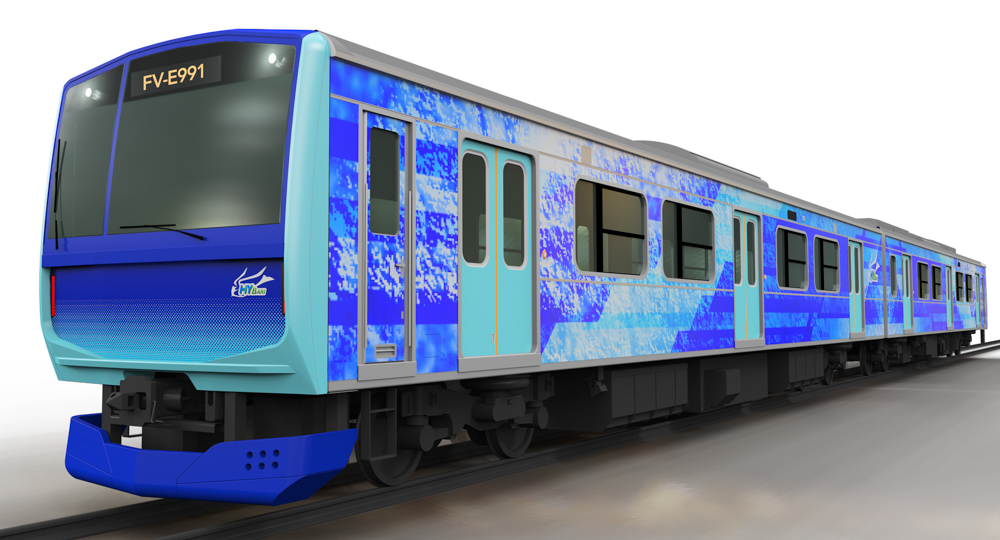
The current flagship of the East Japan Railway Company’s (JR East) commuter services is the E235-series rolling stock. These electric multiple units have several features that endear them to locals and tourists alike, such as carriages that adjust cabin temperatures based on passenger volume. Now, however, the railway operator is also giving Mother Nature plenty of reasons to love its trains as well.
That’s because JR East is working on a design for a train powered by hydrogen. And it is doing so with the help of experts from Hitachi and Toyota. Called the FV-E991, this rail vehicle aims to minimize environmental impact by using an energy source that is naturally abundant.

Several areas of expertise come into play for this project. JR East will offer its knowledge in rail-vehicle design, Hitachi has experience in building railway-specific hybrid-drive systems, and Toyota will adopt fuel-cell technology pioneered by the Mirai for use in trains. The design calls for the fuel-cell devices to produce power and send it to traction motors via a hybrid-drive coupling.
With a maximum speed of 100km/h and a potential range of 140km, the two-car FV-E991 is nowhere near ready to carry passengers. But the studies done on this train could make the use of fuel cells more mainstream, and spawn future rail projects that benefit both commuters and our planet.

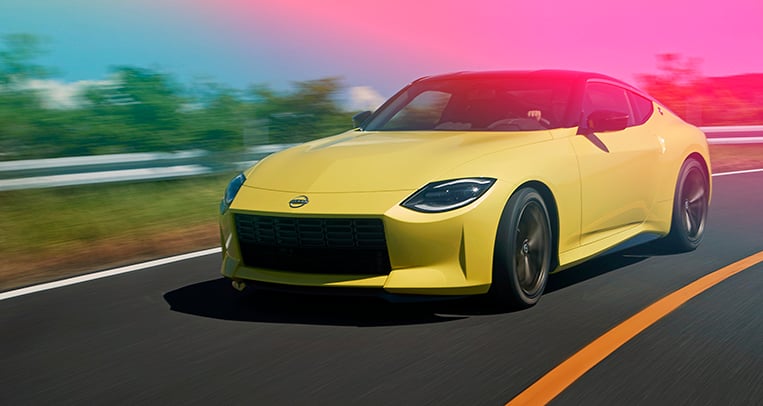
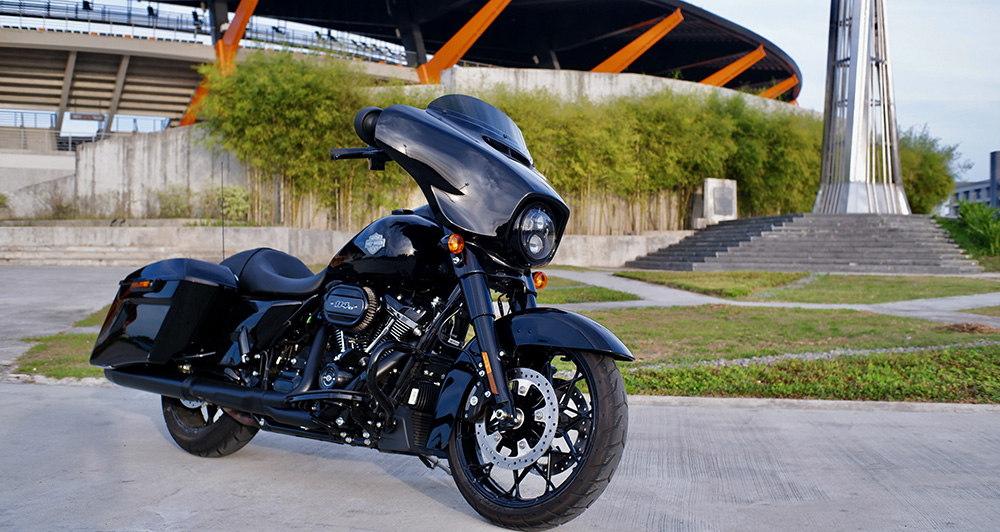


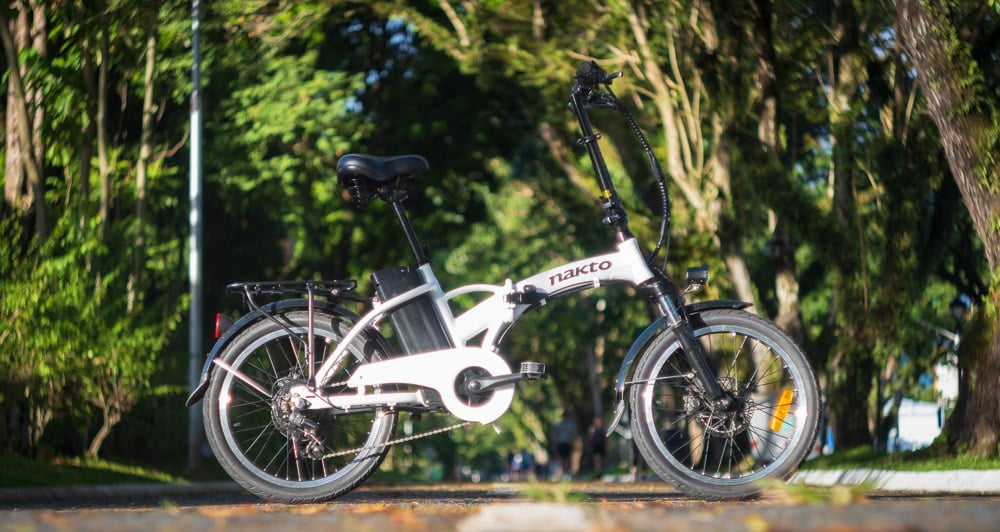



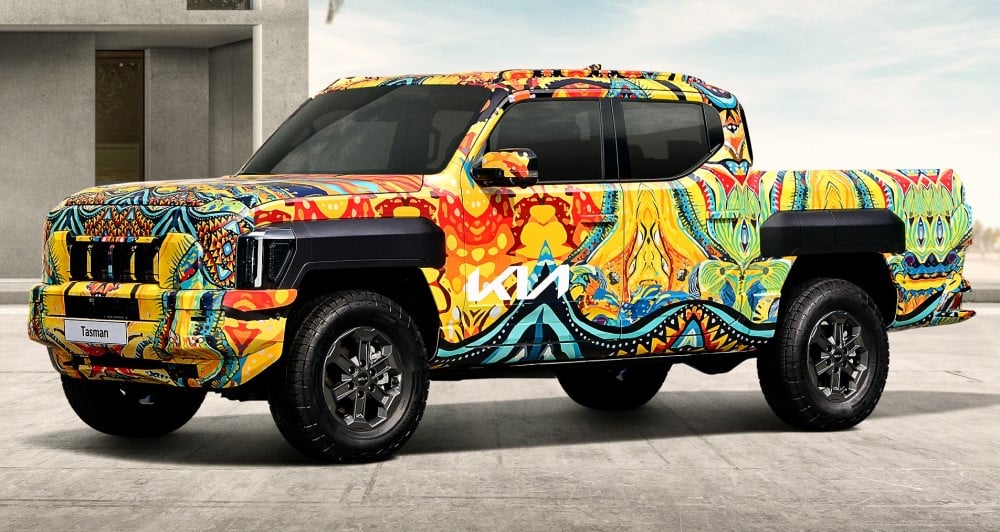
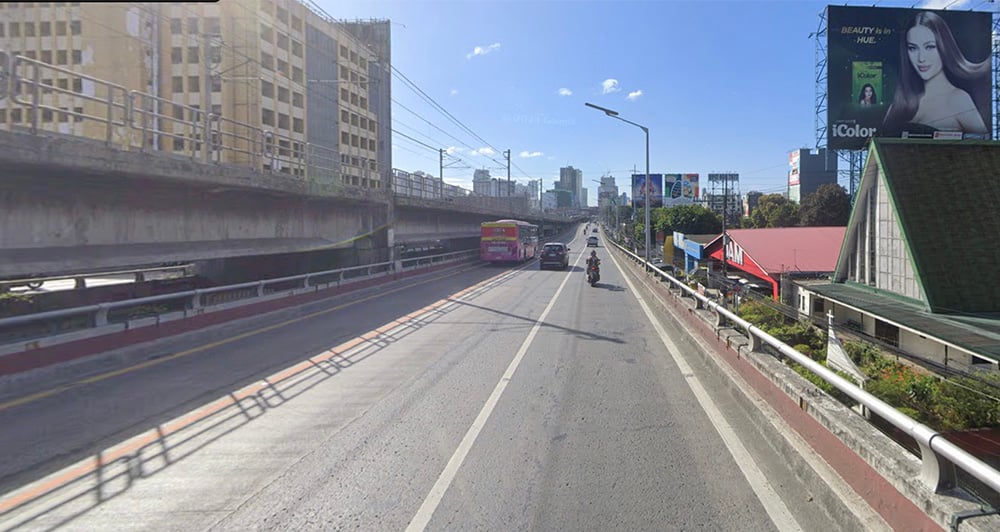
Comments